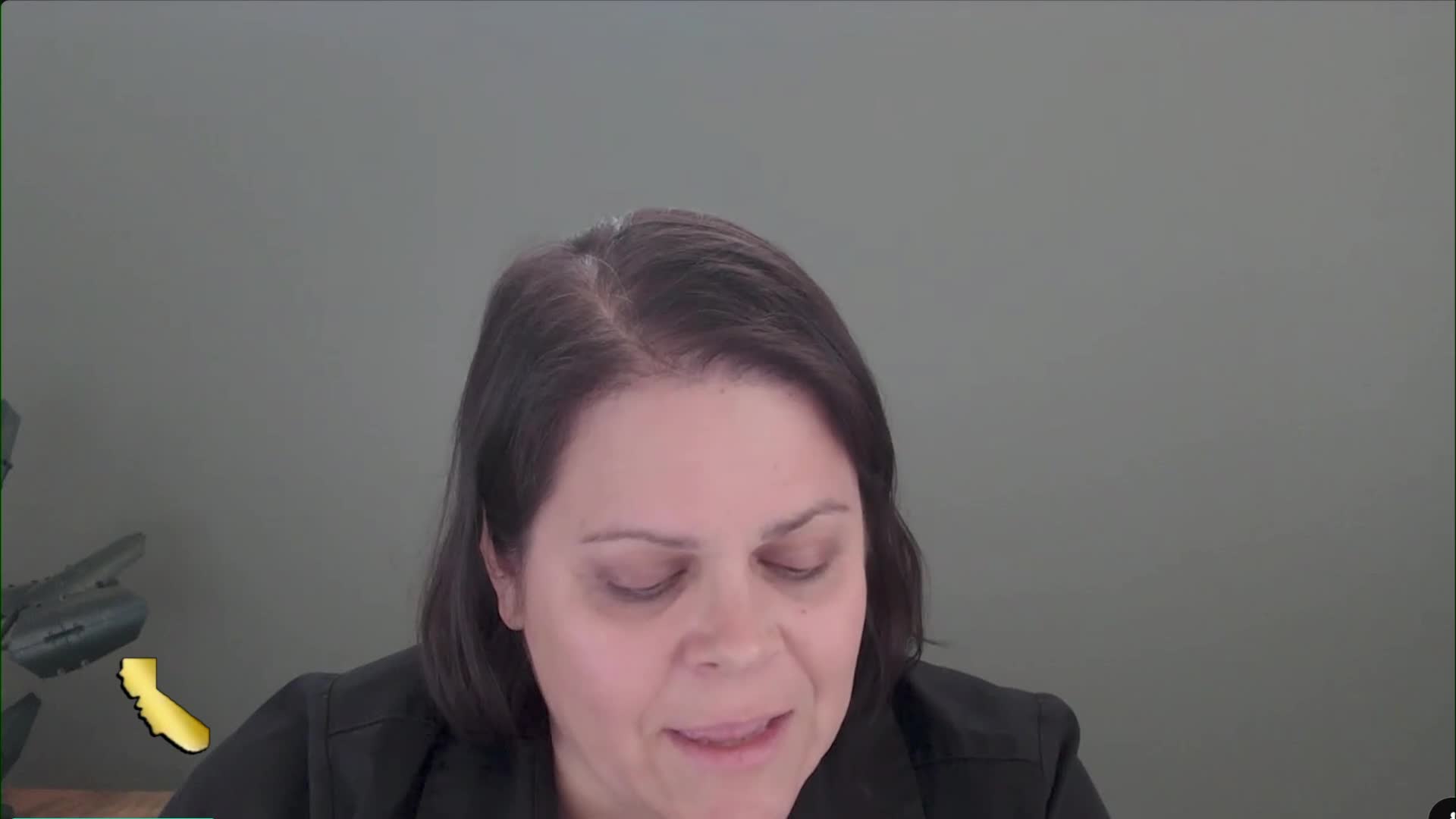Social media's role in fentanyl crisis exposed
August 12, 2024 | California State Assembly, House, Legislative, California
This article was created by AI summarizing key points discussed. AI makes mistakes, so for full details and context, please refer to the video of the full meeting. Please report any errors so we can fix them. Report an error »

In a recent government meeting, experts highlighted the alarming connection between social media platforms, particularly Snapchat, and the rising incidence of fentanyl-related deaths among children and adolescents. Testimonies revealed that many young users, initially drawn to social media for its entertainment value, are increasingly exposed to drug-related content and advertisements, often leading to dangerous behaviors.
One speaker recounted the experiences of children who began using Snapchat for its filters and social engagement, only to find themselves targeted by algorithms promoting drug dealers. This phenomenon raises concerns about the platform's responsibility in safeguarding its young users. The speaker emphasized that Snapchat's engagement-driven model prioritizes revenue over user safety, contributing significantly to the fentanyl crisis.
Dr. Meredith Gansner, a psychiatrist specializing in adolescent mental health, echoed these concerns, noting that social media can distort perceptions of drug use, making it seem more normalized among peers. Her research indicates that a significant number of adolescents encounter drug-related content online, with Snapchat identified as a particularly risky platform. The implications of these findings suggest a need for urgent legislative action to hold social media companies accountable for their role in this public health crisis.
The discussions also touched on potential legislative measures, including the Kids Online Safety Act, which aims to impose stricter regulations on how platforms manage content that could harm children. Experts called for enhanced reporting mechanisms and data preservation practices to aid law enforcement in addressing drug-related activities on these platforms.
As the meeting concluded, participants underscored the necessity for California to take the lead in implementing regulations that could mitigate the risks posed by social media, particularly in light of the ongoing fentanyl epidemic. The urgency of the situation was clear: without decisive action, the safety of children in the digital age remains at significant risk.
One speaker recounted the experiences of children who began using Snapchat for its filters and social engagement, only to find themselves targeted by algorithms promoting drug dealers. This phenomenon raises concerns about the platform's responsibility in safeguarding its young users. The speaker emphasized that Snapchat's engagement-driven model prioritizes revenue over user safety, contributing significantly to the fentanyl crisis.
Dr. Meredith Gansner, a psychiatrist specializing in adolescent mental health, echoed these concerns, noting that social media can distort perceptions of drug use, making it seem more normalized among peers. Her research indicates that a significant number of adolescents encounter drug-related content online, with Snapchat identified as a particularly risky platform. The implications of these findings suggest a need for urgent legislative action to hold social media companies accountable for their role in this public health crisis.
The discussions also touched on potential legislative measures, including the Kids Online Safety Act, which aims to impose stricter regulations on how platforms manage content that could harm children. Experts called for enhanced reporting mechanisms and data preservation practices to aid law enforcement in addressing drug-related activities on these platforms.
As the meeting concluded, participants underscored the necessity for California to take the lead in implementing regulations that could mitigate the risks posed by social media, particularly in light of the ongoing fentanyl epidemic. The urgency of the situation was clear: without decisive action, the safety of children in the digital age remains at significant risk.
View full meeting
This article is based on a recent meeting—watch the full video and explore the complete transcript for deeper insights into the discussion.
View full meeting
